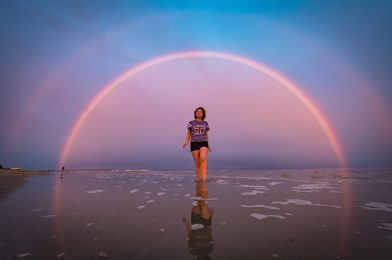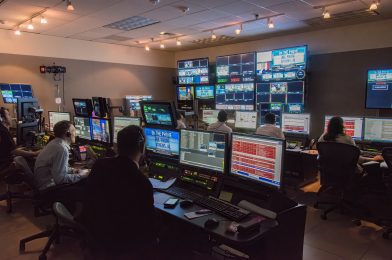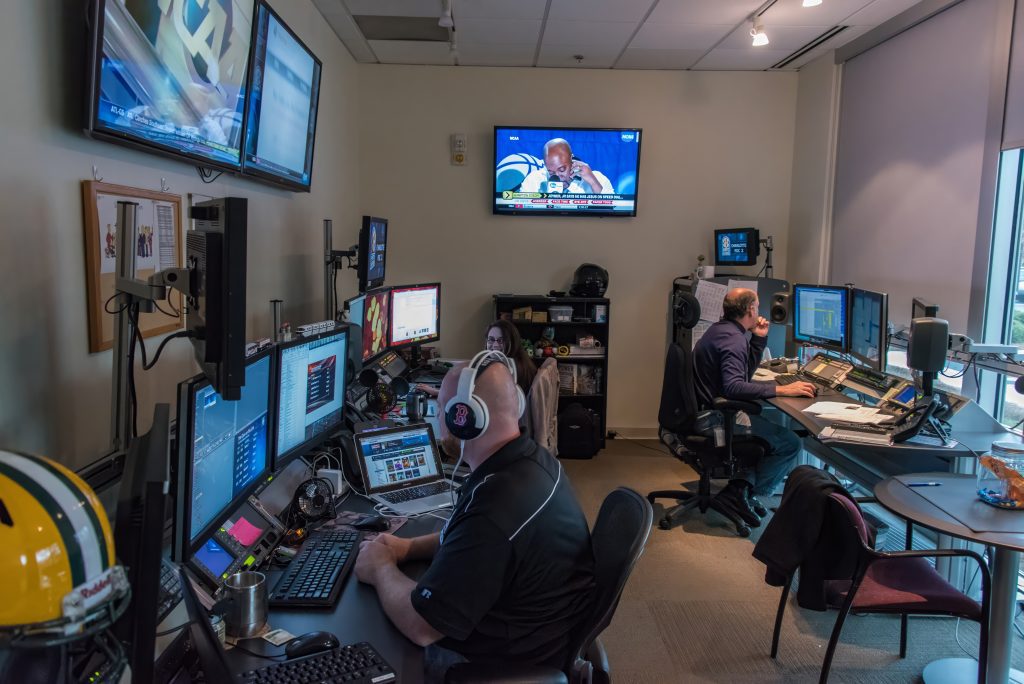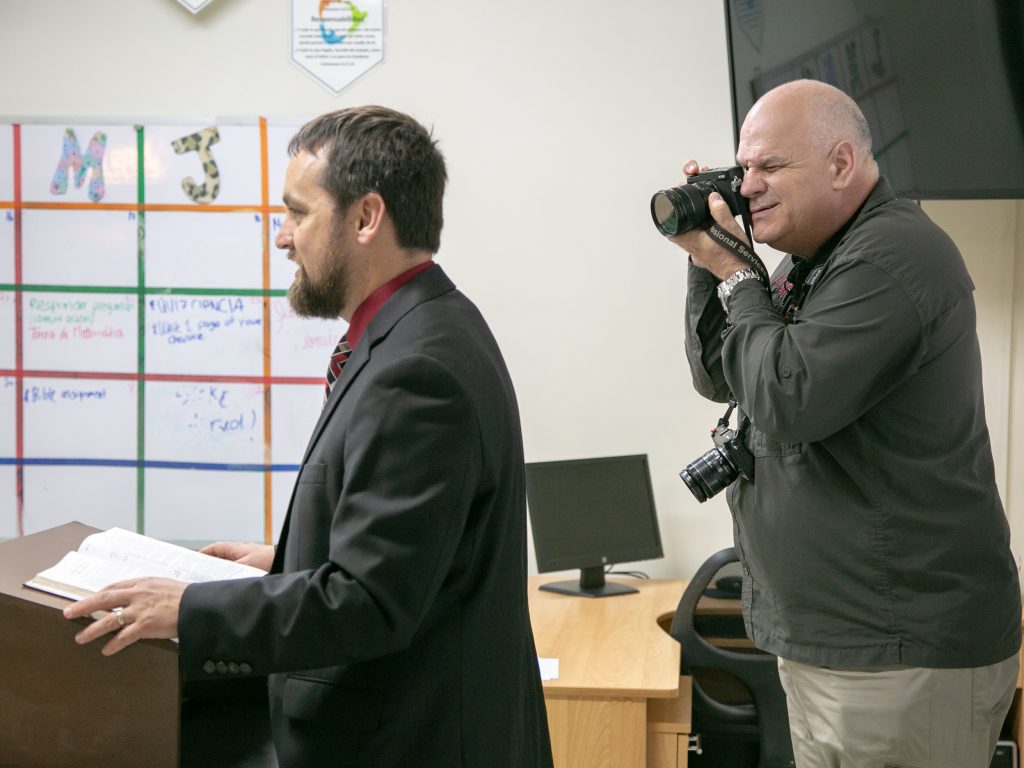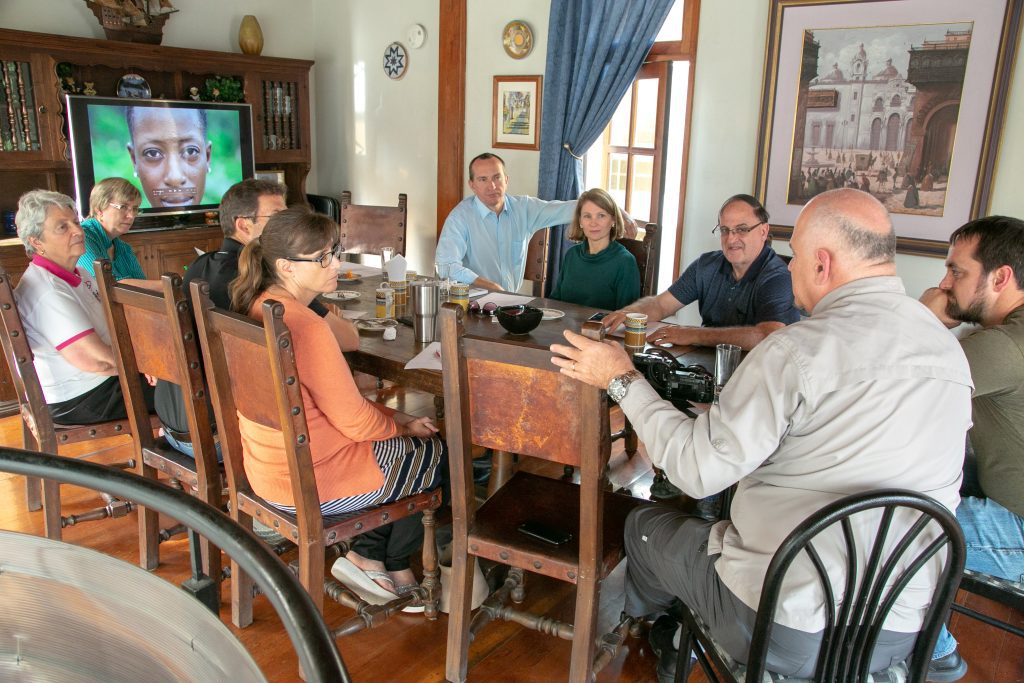Summer is here, and many of us are excitedly planning our long-awaited vacations! One essential part of any trip is capturing those precious memories through photographs. However, it’s all too common to return home with vacation pictures that lack the magic we experienced during the trip. Fear not! We have some valuable tips to help elevate your vacation photography game and make your photos stand out.
1. Use Your Flash Wisely When using your camera’s flash, it’s crucial to be strategic. While it’s often necessary indoors to illuminate your subjects, using the flash outside can be beneficial too. It helps fill in shadows on faces when the sunlight is too harsh or creates unflattering shadows under hats or sunglasses. On the flip side, please avoid using the flash in dimly lit interiors as it can make your photos look unnatural and may even wash out your subjects.
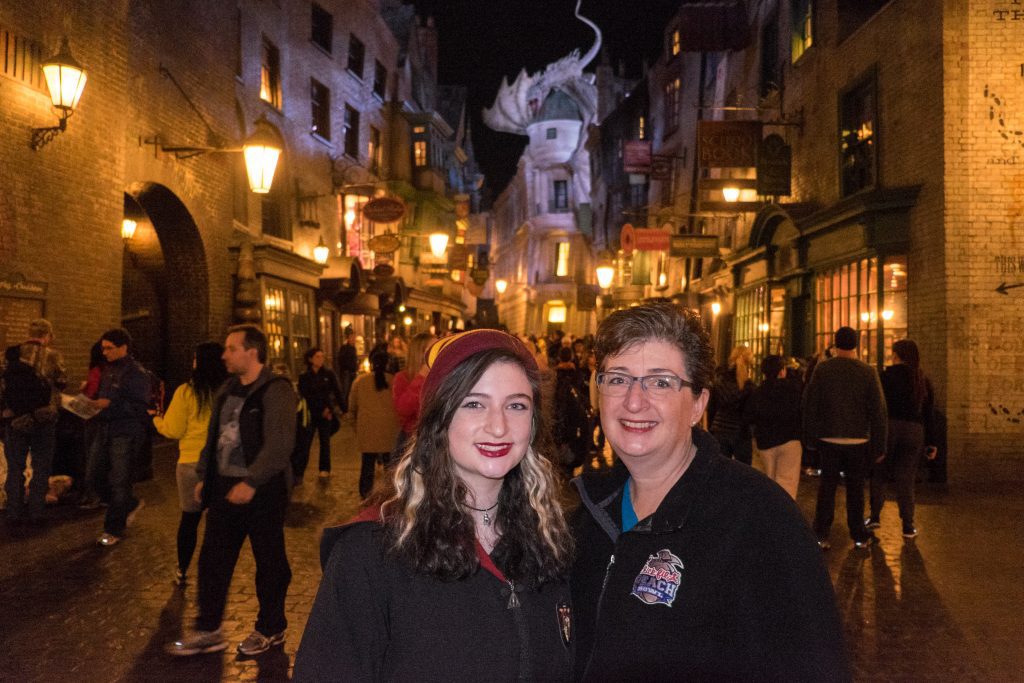
2. Mind the Backlighting Backlighting can create a beautiful and ethereal effect, but it can also lead to your subjects’ faces being obscured by shadows. To avoid this, position yourself and your subjects so that the primary light source is not directly behind them. If the light is too strong, consider using a reflector or your camera’s fill-flash to balance the exposure.

3. Pay Attention to Background Composition When visiting a stunning location, it’s easy to get carried away focusing solely on your subjects. However, take a moment to survey the surroundings and compose the background. Look for unique elements that complement your subjects and add depth to your images. By thoughtfully incorporating the environment, you can create captivating photos that tell a story about your vacation destination.
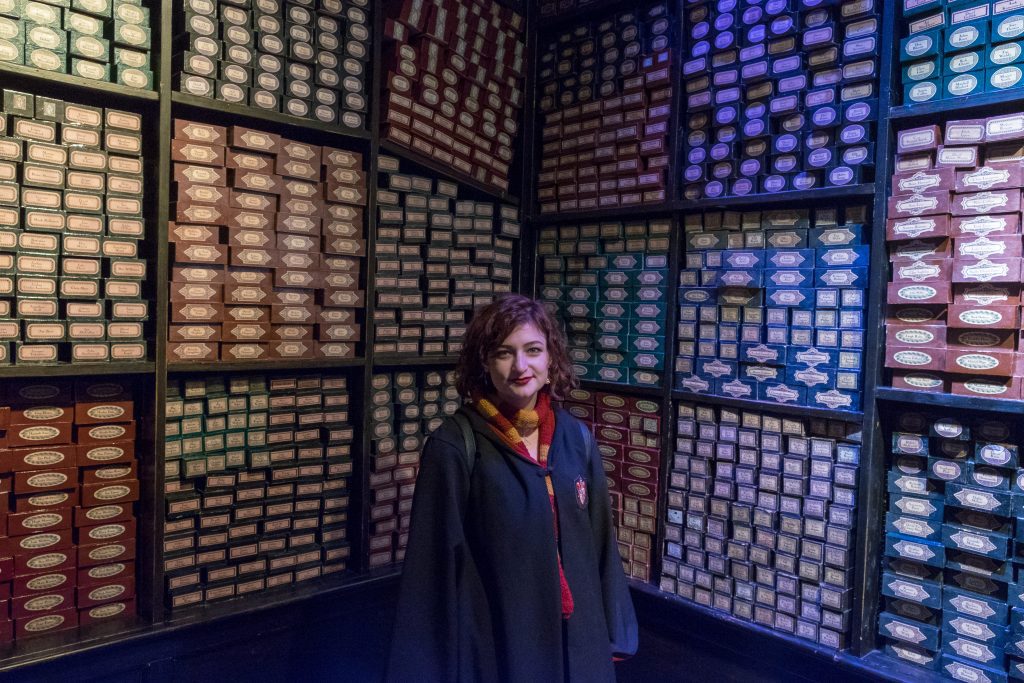
4. Embrace Different Perspectives To avoid having your vacation photos blend in with others, experiment with various angles and perspectives. Mix up your shots with wide, medium, and close-up photographs. Wide images are excellent for capturing the overall scenery, while medium and close-up shots help you highlight specific details and emotions.

5. Bend, Low, and High! One simple trick to add dynamism to your photos is to vary your camera’s height. Bend your knees and get low to the ground to capture unique angles most people overlook. This perspective is beneficial for photographing kids, pets, or exciting patterns on the floor. Conversely, try holding your camera above your head to capture shots from a higher vantage point. This perspective can be great for capturing crowd scenes or aerial photos of landscapes.
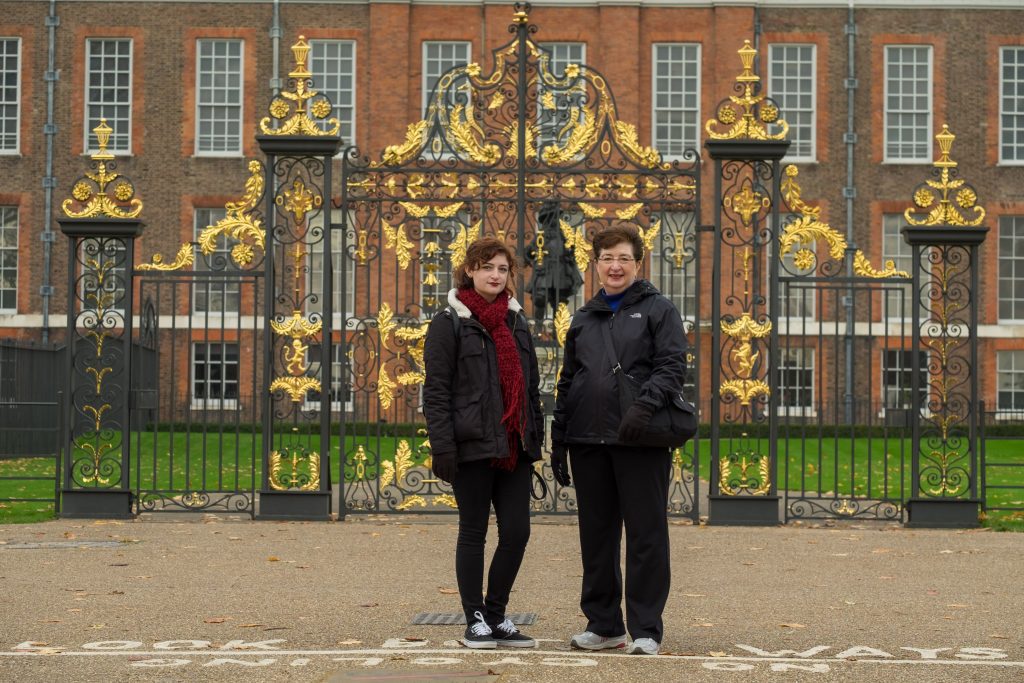
Remember, the key to exceptional vacation photography is to capture the essence of the moment, the emotions, and the unique aspects of the places you visit. So, while enjoying your summer adventures, don’t forget to document those special memories through your lens!
Happy clicking, and have a fantastic summer full of unforgettable experiences!

